A cozy bedroom isn’t just about the softness of your sheets or the fluffiness of your pillows. It begins with something more fundamental: the paint color on your walls. Color sets the emotional tone of a room, influencing how we feel from the moment we walk in. In bedrooms, this impact is even more crucial — this is the space where we unwind, dream, and recharge.
While design trends often shift from year to year, the desire for comfort and warmth in the bedroom is timeless. According to New York–based interior designer Emily Henderson, the rise of “slow living” has brought a renewed interest in bedroom paint colors that promote calmness, intimacy, and emotional warmth. “Color can completely shift the mood of a room,” she explains. “Especially in bedrooms, you want hues that help the body and mind relax, not feel stimulated or overwhelmed.”
How Paint Colors Influence Cozy Design
Cozy design isn’t a singular style — it’s a feeling. And the colors you choose are essential to setting that mood. Warm neutrals, earthy tones, dusty pastels, and soft blues are known to create a tranquil environment, but how they’re used matters as much as which colors you pick.
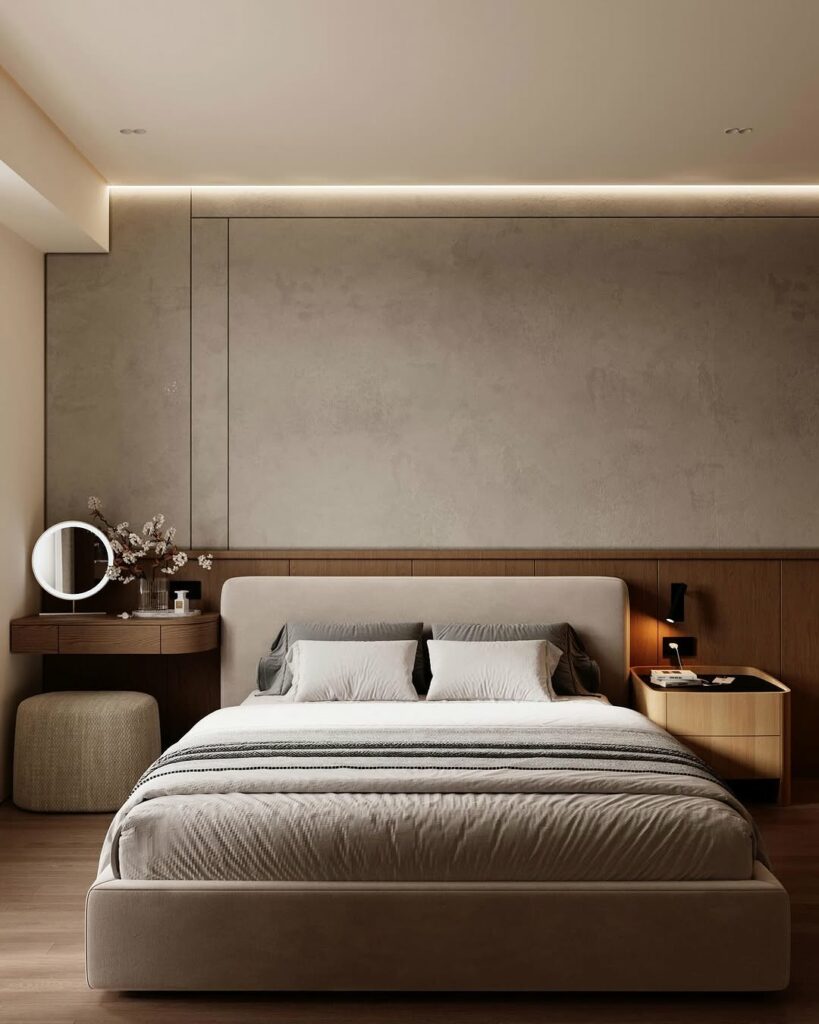
Paint finish, lighting, and even the ceiling height play into how a color reads. A deep olive green in a large bedroom with lots of natural light feels dramatically different from the same color in a compact, low-ceilinged room. In smaller or darker bedrooms, softer shades with warm undertones tend to work better, as they reflect more light while still maintaining that cozy vibe.
“People often think that only light colors work for creating a peaceful space,” says Jason White, senior colorist at Sherwin-Williams. “But deeper shades, like terracotta or muted navy, can feel incredibly intimate and comforting when used correctly. It’s all about the context and what you pair them with.”
Creating Balance: Pairing Colors with Texture and Lighting
Paint is the foundation, but the success of a cozy bedroom design depends on how that color interacts with other elements in the space. Pairing a muted lavender wall with natural wood furniture, soft linen curtains, and warm-toned lighting creates a layered atmosphere that feels lived-in and restful.

Accent walls can also be a powerful tool when used thoughtfully. A single chocolate brown or rich plum wall behind the bed can anchor the space, giving it depth without overpowering. In contrast, painting the ceiling or even the baseboards in a warm beige can subtly cocoon the room.
Also, consider undertones. A gray with blue undertones will feel cooler, whereas one with brown or taupe undertones leans warmer. For a bedroom meant to feel cozy, warm undertones are your best ally — they invite rather than distance.
Final Touches for a Harmonious Bedroom Palette
Once you’ve chosen your bedroom paint colors, extend those tones into your decor. Bedding, throw pillows, rugs, and art should echo or contrast gently with the walls to maintain a cohesive feeling. This layered approach ensures the color doesn’t just sit on the walls but flows throughout the space, enhancing the sense of comfort.
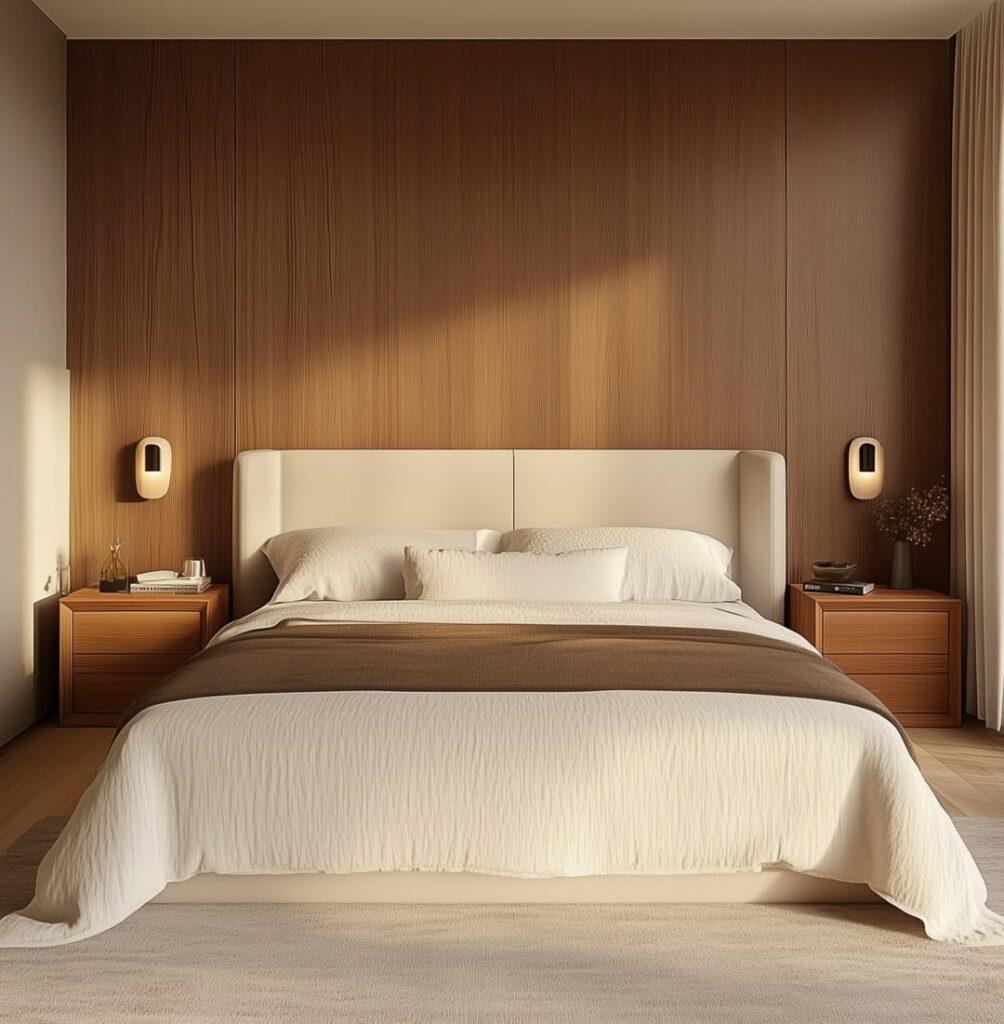
Avoid jarring contrasts or overly bold patterns if your goal is a restful bedroom. Instead, favor tone-on-tone variations and organic textures — wool, cotton, rattan, or unfinished wood — that soften the space visually and emotionally.
The Emotional Layer of Color
Choosing bedroom paint colors isn’t just a visual decision — it’s an emotional one. What makes a bedroom cozy for one person may feel heavy to another. That’s why testing paint samples under different lighting conditions and imagining how they make you feel is critical.
Ultimately, a cozy bedroom is one that speaks to your sense of peace and personal style. Whether you lean toward soft whites, blush pinks, caramel browns, or deep, moody hues, your bedroom should make you exhale at the end of the day. And it all begins with the brushstroke of the right paint color.

Enfeite Decora is a digital publication dedicated to inspiring and informing enthusiasts of architecture, interior design, and gardening. The editorial team (credited in the content) includes specialized writers, landscape designers, gardeners, and individuals passionate about transforming spaces.
Content Curator: Cláudio P. Filla | Advertising Professional & Social Media Manager
Email: [email protected]

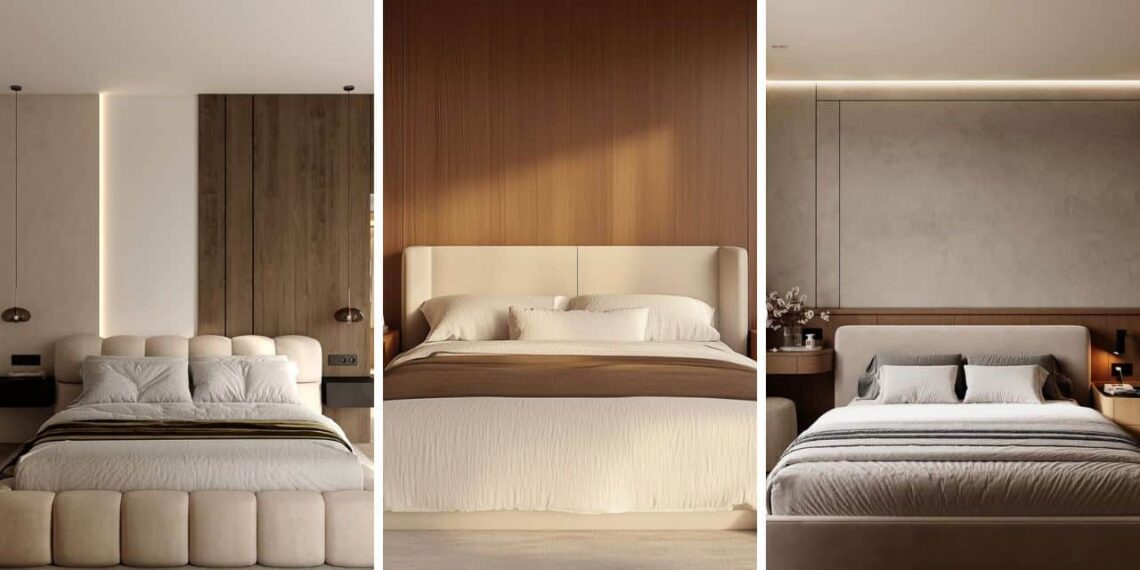

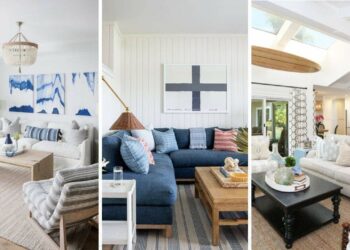
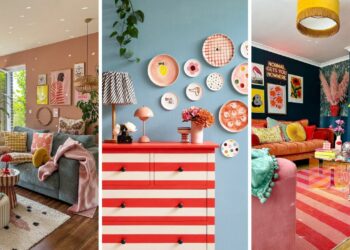
Discussion about this post